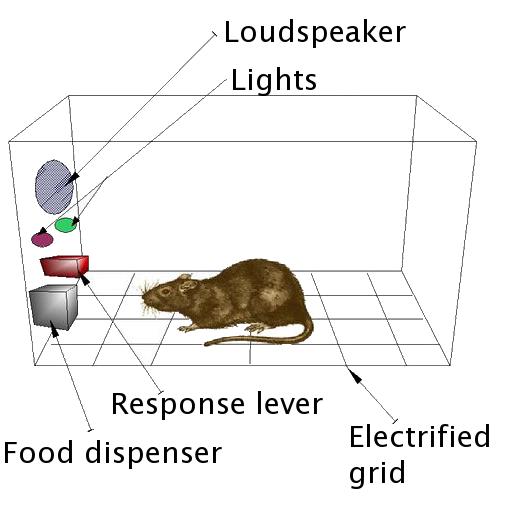Pay for performance (P4P) is all the rage in healthcare. Big Pharma led the way; the popular press would have you believe that one can “incentivize” physicians and their clinical colleagues with as little as a sandwich and a bag of chips. Corporations have used bonuses, stock options, and commissions for years as motivators and the government and insurance companies, although late to the party, are all in for P4P approaches to health systems driving costs down and outcomes up.
The results have been spotty, sometimes rewards work and other times not so well. As Daniel Pink has pointed out, what motivates cognitive work, the stuff physicians do, is different from other motivators. [1] Physicians are more often driven by internal motivators, like pride or ethical duty, although they do respond to external motivators like money, we are not selfless creatures. But the beauty of BF Skinner [2] and the rest of the behavioralists is that the internal “why” can be ignored, you just need to determine the right mix of observable stimuli. Now that more and more physicians are employed on corporate treadmills, and subject to P4P stimuli, just alter the rewards and see how you can optimize for quality patient care as quickly and cheaply as possible. A new paper from JAMA reveals that the new “Skinnerians” have moved beyond pigeons and mice to physicians.
The study is vanishingly small, involving 11 more physicians than the 21 listed authors of the paper, so let’s not put a whole lot of credence in the findings but think a bit more about underlying beliefs. Using one hospital within a single healthcare system, they manipulated the rewards provided to physicians for improved care. Improved care was defined by the standard measures, like how many patients with diabetes had their feet examined, or whether smokers were specifically addressed about smoking cessation.
The physicians were already being rewarded for good care, receiving about an additional $10,000 annually. For the study, all 33 received a further 32% increase in their bonus. Nine physicians just received that additional bonus money. Eleven were given that extra money in advance based on the behavioral economic thought that we feel worse about losing than we feel better about winning – loss aversion. The remaining thirteen were made to compete, their incentives were weighted more toward the group’s effort, not the individual; and every quarter they received a copy of the leaderboard; so they knew whether they were laggards or stars. A control group of matched physicians got none of these new stimuli and had to get by on that based-line 10K bonus. [3]
Good news, patients whose doctors received that additional 32% bonus had 2% more evidence-based care than patients with the control physicians. For just $16/patient, doctors “do better.” Bad news, increasing the reward for the group while simultaneously adding competition, shame, and blame did not provide any additional improvement. And loss aversion of the bonus didn’t get them working better either, but that is in part because very few physicians touched the money until the end of the year when it was actually theirs and because more than 90% got greater bonuses then had been put into the accounts.
The numbers in the study are far too small to make this anything more than an amusing anecdote. But the real message lies elsewhere, as I suggested, in the work of BF Skinner. Now that we have captured the physicians, what makes them run faster or push the lever more often? For the pigeons and rats, random reinforcement worked better than continuous, especially when reinforcement included rewards and punishments. We may dress up the words differently, but loss aversion sounds a lot like punishment, and an increased bonus sounds a lot like a reward. Just when you thought being called a provider was as low as it gets, you find that physicians are now being studied like Skinner’s pigeons or rats. Welcome to the assembly line
[1] You can find a delightful 10-minute video on his views and findings on how motivation is driven by purpose on YouTube.
[2] Burrhus Frederic Skinner, was a psychologist who believes that human behavior could be best predicted and shaped by the consequences of their previous actions. While he made significant contributions to the scientific literature, my favorite is the pigeon-guided missile.
[3] To have been a more useful study, the patients would have to be matched, after all, you get better outcomes with the compliant and well than you do with the sick and stubborn.
Source: Effect of Financial Bonus Size, Loss Aversion, and Increased Social Pressure on Physician Pay-for-Performance JAMA Open Network DOI: 10.1001/jamanetworkopen.2018.7950




